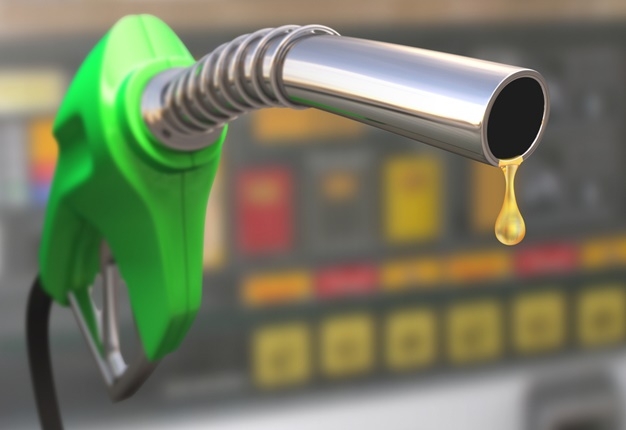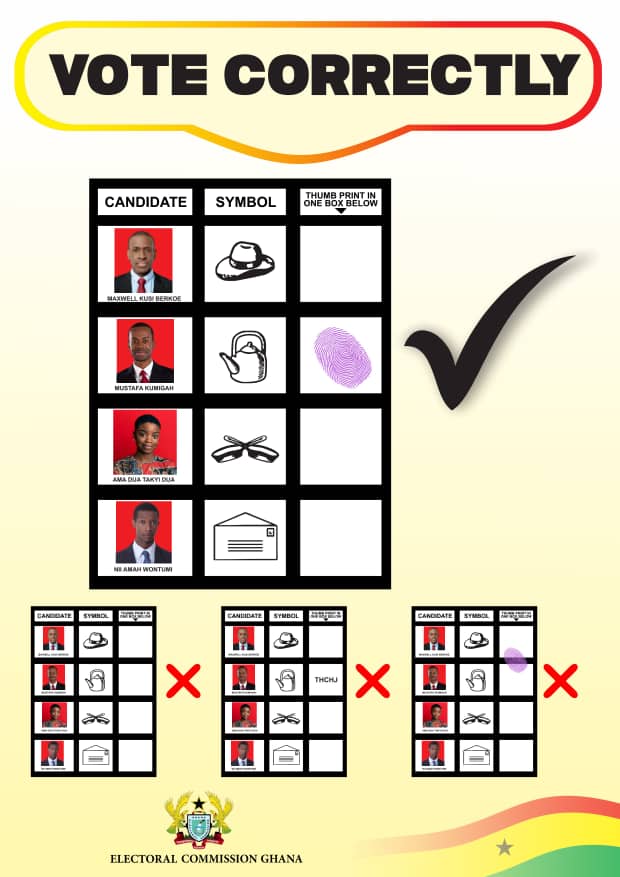
Domestic fuel prices quadruple in the last decade largely due to cedi depreciation and taxes – IES analysts

Over the past decade (2010-2019), Ghana has seen a 347 per cent increase in price of Gasoline (Petrol) and a 338 per cent increase in Gasoil (Diesel) price at the pump, largely because of Cedi depreciation, taxes and levies.
Analysis of data from the Energy Commission (EC), National Petroleum Authority (NPA) and IES’ MarketScan show that by the end of 2019, Ghanaians were paying more than four times the amount paid for a litre of Gasoline in 2010. The average pump price of Gasoline stood at Gh¢1.16 per litre (GHS5.22 a gallon) in 2010, but in 2019 the average price was recorded as GHS5.18 per litre (GHS23.31 a gallon). Likewise, the average pump price of Gasoil moved from GHS1.18 per litre (GHS5.31 a gallon) in 2010 to GHS5.17 per litre (GHS23.27 a gallon) in 2019.
- Advertisement -
Year-on-year, the pump price of Gasoline experienced an increase of averagely 18.4 per cent between the year 2010 and 2019. Within this period, 2014 recorded the highest year-on-year increase of 37 per cent with an average price of GHS2.84 per litre as against GHS2.07 per litre in 2013. The slimmest yearly increase of Gasoline pump price was recorded in 2019, as the average price per litre jumped from the previous rate of GHS4.80 to GHS5.1
- Advertisement -
Key determinants of local fuel prices at the pump include; global crude oil price, prices of finished products on the world market, the foreign exchange (Forex) rate of the Cedi to the US Dollar, and the taxies and levies that are slapped on price per litre of domestic fuels.
The Ex-pump price (which is the price the public buys fuel at the various filling stations) is a sum of Ex-refinery price, Export Duty, Taxes/Levies, Marketers and Dealers Margins. The Ex-refinery Price constitutes the cost of the product on the international market, insurance, freight, and other related charges. The Taxes/Levies include the Price Stabilization and Recovery Levy (PSRL), Road Fund Levy, Energy Fund Levy, Energy Debt Recovery Levy, and the Special Petroleum Tax (SPT). The margins cover the Primary Distribution Margin (PDM), BOST Margin, Fuel Marking Margin, Marketers Margin, and the Dealers (Retailers/Operators) Margin.

Prior to full deregulation of the downstream petroleum sector when consumer price for fuel was below the supply cost, the government intervened through various forms of subsidization because it had the exclusive right to do so through the NPA. The interventions of government in a way distorted the market as it created perverse forms of incentives. This resulted in unnecessarily high pump prices, which were not a reflection of the international market. However, the introduction of the full deregulation has seen Oil Marketing Companies (OMCs) actively negotiating prices with Bulk Distribution Companies (BDCs) as competitive market forces largely influence the current pump prices, to the ultimate benefit of consumers.
Domestic fuel prices were seeing sharp annual increases prior to price deregulation in 2015 ― 31 per cent in 2011, 12 per cent in 2012, 22 per cent in 2013, and 37 per cent in 2014. Nevertheless, from 2015 onwards, the highest annual price rise recorded was in 2018 at 17 per cent, with annual increases falling below 8 per cent in 2019. This literally means that the introduction of the price deregulation regime in 2015 has greatly contributed to a slowdown in the margin of annual price increases over the last 5 years.
- Advertisement -
Even as price deregulation and the falling prices of crude oil over the past decade offered a great opportunity for fuel consumers to spend less on the commodity, the poor performance of the Cedi against major trading currencies, and the introduction of additional taxes/levies, eroded the benefits presented to consumers.
But for some government fiscal policies which led to the introduction of new taxes and margins over the past five years, prices could have been much lower than we see at the pump today. The introduction of a Special Petroleum Tax (SPT) of 17.5 per cent in the 2015 fiscal year, the upward adjustment in the Road Fund Levy (RFL), the Energy Debt Recovery Levy (EDRL) and the Price Stabilization and Recovery Levy (PSRL) in 2019, plus the 100 per cent increase of the BOST Margin, fundamentally aided in seeing pump prices go up.
Additionally, historical data from the Bank of Ghana (BoG) and the US Energy Information Administration (EIA) show that the performance of the Cedi on the Forex market greatly affects the Ex-pump price Ghanaians pay, than crude oil prices do.

Over the decade, the Cedi has depreciated by approximately 265 per cent, beginning at a yearly average of GHS1.43 per US Dollar in 2010 to a yearly average of GHS5.22 per US Dollar in 2019. Regardless of the general reduction of crude oil prices over the decade, the depreciation of the Cedi, government fiscal policies among other factors significantly affect the price Ghanaians pay at present for finished products.
Had it not been the global Covid-19 pandemic, the price of domestic Gasoline which sold at GHS5.30 per litre in early 2020, and currently sells at GHS5.10 per litre, could have been more than GHS6 per litre today. It may be recalled that crude prices slumped in 2020, hitting a 21-year low of US$16 per barrel in April, and trading at negative US$30-plus; first-time oil price has turned negative. The spread of the virus significantly dented demand for crude and finished products due to restrictions imposed, thus plunging prices on the world market. The corresponding effect is that the average price of Gasoline and Gasoil in Ghana for the year 2020 was GHS4.76 per litre and GHS4.77 per litre respectively; an 8 per cent reduction over the previous year’s average of GHS5.18 per litre and Gh¢5.17 per litre, according to IES MarketScan.
Source: IES
- Advertisement -


